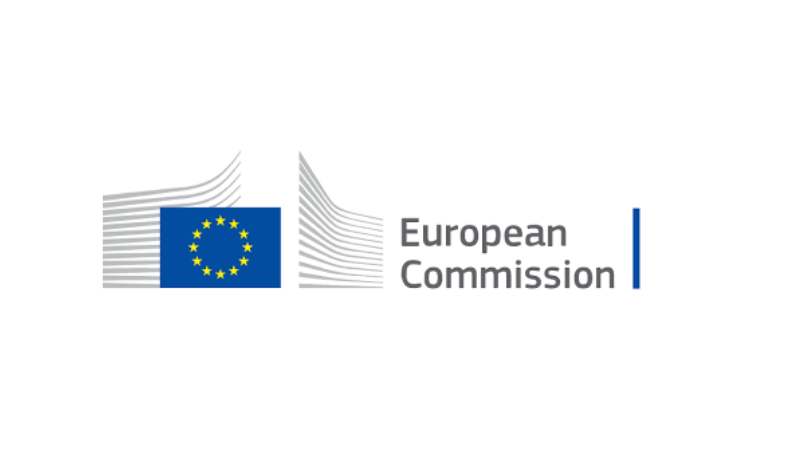The implementation of a consolidated tape for ETFs in Europe has been brought into sharp focus amid ongoing discussions in the European Parliament and Council about its introduction to the market.
European regulators are currently reviewing the Markets in Financial Instruments Regulation (MiFIR) which came into effect in January 2018 alongside MiFID II.
The main aims of the review are to “improve transparency and availability of market data, improve the level-playing field between execution venues and ensure that EU market infrastructures can remain competitive at an international level”.
In particular, this relates to the introduction of a real-time consolidated tapefor equitiesand bonds including pre and post-trade data.
The MiFIR proposal aims to achieve this by mandating trading venues to contribute data to a consolidated tape provider that will subsequently release this information in real-time to the market.
As European Commissioner for financial services, financial stability and Capital Markets Union Mairead McGuinness said at a recent European Fund and Asset Management Association (EFAMA) event: “Today, we have a lot of information on markets but it is spread across different sources and is difficult to access for anyone but the most connected investor.
“The consolidated tape will provide up-to-date information on the best prices and execution venues so that all market participants have a complete view of the market.”
The lack of a consolidated tape for ETFs, in particular, has been the biggest issuein enabling Europeto compete with the US market for flows from regions such as Latin America and Asia.
Through the UCITS wrapper, European-listed ETFs should naturally be more attractive to investors from these regions versus their US counterparts as they do not have to pay US withholding tax on investments.
However, because investors are unable to see the true liquidity picture of ETFs in Europe due to the lack of a consolidated tape, many opt to buy US-listed ETFs instead, according to Keshava Shastry, global head of capital markets at DWS and chair of the ETF task force at EFAMA.
Echoing his thoughts, EFAMA noted in a recent statement: “The failure to produce such a tape will hinder growth in the Capital Markets Union and institutionalise a weakness we have vis-à-vis other jurisdictions for years to come.
“We are surprised that real-time data delivery should even be contested, given that industry’s position has been recognised and supported by the European Parliament on this topic, and by the European Commission proposal itself.”
Furthermore, Shastry added there is a “perceived lack of liquidity” in European mid and small-cap stocks which is directing capital flow away from these assets.
“Due to the lack of consolidated reporting on volumes traded in the securities, smaller, or securities that are seen as less liquid, are either excluded from the security selection process or traded at a smaller than potential size to avoid a perceived market impact,” he explained.
Questions now turn to whether the European Commission will implement a consolidated tape for ETFs alongside equities and bonds.
At ETF Stream’sETF Ecosystem Unwrapped event in May, the European Commission’s Tilman Lueder stressed the need to introduce a tape for equities and bonds first before focusing on one for ETFs.
The European Commission’s MiFIR review will decide how best to forge ahead with the creation of the tape.
As Tanguy van de Werve, director general at EFAMA, stressed: “It is clear that the democratisation of data, the global competitiveness of our CMU and the increased transparency for all investor groups, including retail, hang in the balance.
"I hope these negotiations will ultimately yield a commercially viable tape that users will want to purchase.”
Related articles





